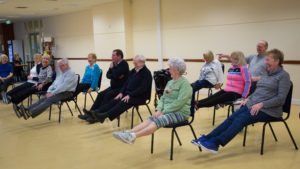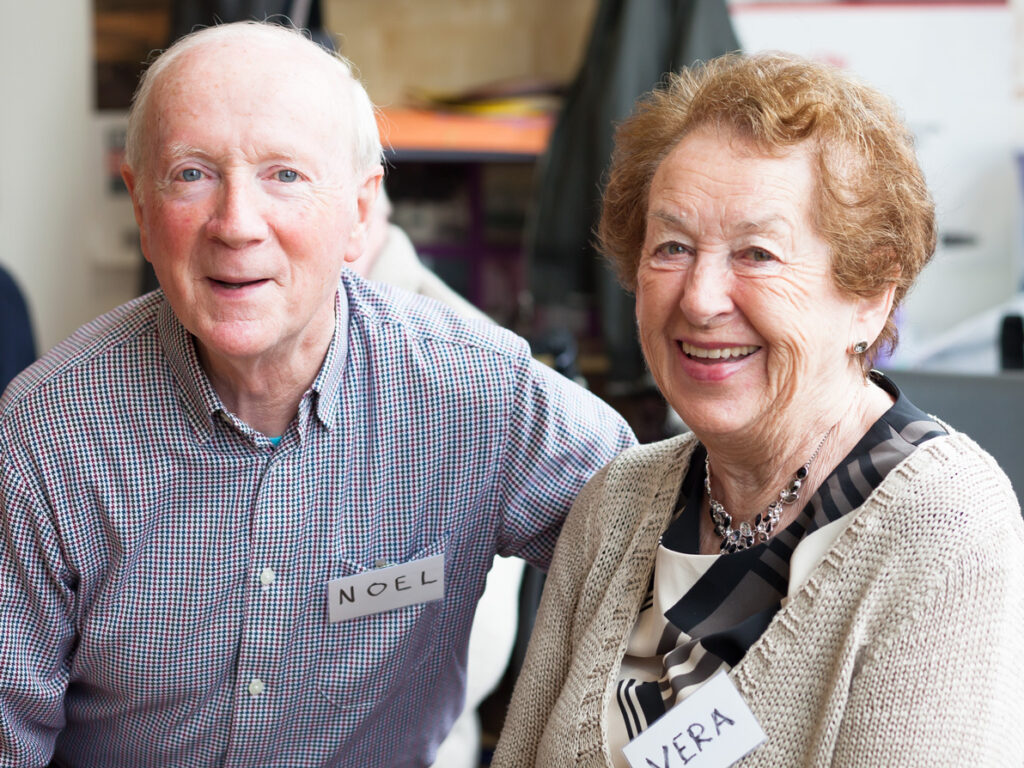When we are younger, we are dependent on our family, teachers, and peers. During that period, we dream of the days of becoming independent, and being able to be on our own. After that day finally comes, we think we will never lose it and we can stay that way forever. Unfortunately, as we age it becomes more difficult to maintain our independence. A high percentage of people can end up in assisted living, nursing homes, or completely wheelchair bound. Yet, what if there was a way to stay independent longer? Through exercise, and staying active, it has been shown that older adults are capable of keeping their abilities for a prolonged period of time.
Independence can be defined as the ability to perform basic activities of daily living without help, such as walking, eating, bathing/showering, dressing, getting in and out of bed, and using the toilet. Walking without assistance is probably the one that most determines if a person can live independently. Older people who are physically more active and who exercise frequently are more likely to walk independently and do other activities of daily living on their own, compared to sedentary elders. The reason why walking is a determining factor is due to the risk of falling.
Falls are the third leading cause of chronic disability, and the number one injury among seniors. However, it has been shown that elderly adults who perform regular exercise have increased balance, stability, and strength. Also, in the event of a fall, those who are continuously active have been shown to have improved healing and function.
Health is defined as the state of being free from illness, or injury. According to the National Institute of Ageing, exercising as a senior may delay or even prevent diseases like diabetes, cancer, stroke, heart disease and osteoporosis, just to name a few. This means less hospital stays, fewer days of being bed ridden, and preserving your strength.

To demonstrate this further, they took a survey of close to 3,000 participants who were older than 60 years old. Through this, they found that those who participated in continuous physical activity were associated with lower levels of activities of daily living dependency (ACL). Likewise it was revealed that for elderly patients who already have some functional limitations, even a low level of physical activity is essential as is slows further decline in physical functioning.
Being independent is not only having the capability to perform basic actions, but having the ability to live your life to the fullest. It’s about playing with your grandchildren, going out for walks with friends, or taking a holiday without barriers or obstacles. Dr. Nick Cavill, a health promotion consultant, conveys, “As people get older, their bodies decline in function and physical activity helps to slow that decline,” he goes on to say, “If you want to stay pain-free, reduce your risk of mental illness, and be able to go out, and stay independent well into old age, you’re advised to keep moving.”
All things considered, exercise is the easiest, and most cost effective way to maintain independence into our older years. We cannot not let our lack of activity, lead to our loss of independence. Remember, we do not have control over our age but, we do have control over how we age.

For more information on the classes we provide, please check out: https://www.sielbleu.ie/home/programmes/
Sources:
https://www.gmjournal.co.uk/media/21715/oct2010p539.pdf
https://www.asccare.com/importance-exercise-seniors/
https://www.nhs.uk/live-well/exercise/exercise-as-you-get-older/
https://www.cdc.gov/nccdphp/sgr/olderad.htm


